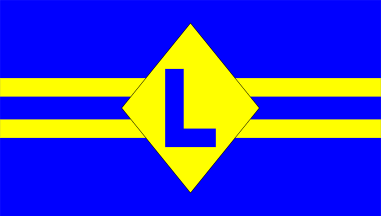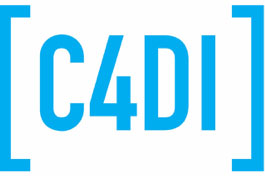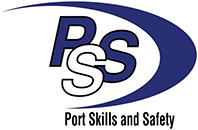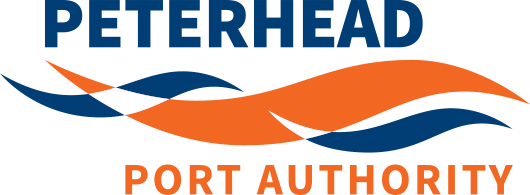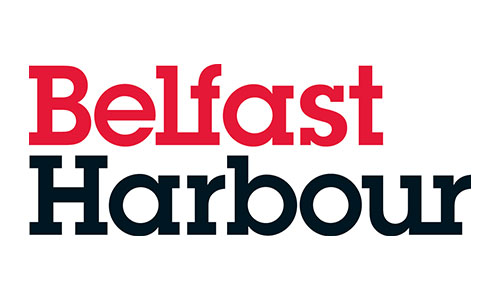Who Is A Responsible Officer?
The SOLAS regulations make frequent references to a ‘responsible officer’ when discussing pilot transfer operations.
The responsible officer has a number of important roles. They must carry out pre and post inspection of the pilot ladder, they must supervise the rigging of the pilot ladder and they must supervise the embarkation or disembarkation of the pilot and be in constant communication with the bridge. They are also responsible for escorting the pilot too and from the bridge via a safe route (not an unlit external stairway at night!)
Unfortunately nowhere does SOLAS give a definition of a responsible officer. ISO 799 the global standard for Pilot Ladders is slightly more helpful in that it refers to deck officer and senior officers and defines such as
Deck Officer
deck crew certificated in accordance with the STCW ConventionSenior Deck Officer
deck crew certificated in accordance with the STCW Convention and performing the duties of chief officer or master
ISO 799 states that a deck officer should carry out pre and post use pilot ladder inspections and a senior deck officer should carry out the 3 monthly inspections.
SOLAS requires that
The rigging of the pilot transfer arrangements and the embarkation of a pilot shall be supervised by a responsible officer having means of communication with the navigation bridge and who shall also arrange for the escort of the pilot by a safe route to and from the navigation bridge.
So who is a responsible officer and what are the dangers of using an individual who is not deemed to be a responsible officer.
The use of the word responsible is key here. An individual can only be truly responsible if they are properly trained, suitably qualified and fully aware of the relevant legislation, risks and best practice for any operation. Pilot transfer is deemed to be a ‘critical operation’ that is high risk. It is therefore incumbent on the vessels master to ensure when choosing a responsible officer that he understands the seriousness of the operation.
It is common practice on cruise ships for the pilot to be met and escorted by a Security Officer. The first question here would be, who has carried out the pre-use pilot ladder checklist and witnessed it being rigged. If the vessel is ISO compliant then ISO 799 is explicit that this must be done by a ‘Deck Officer’. If the job is being delegated to a Security Officer it would seem unlikely they would hold the necessary STWC certification as indicated by ISO 799. Has that Security Officer any knowledge whatsoever in pilot boarding arrangements or indeed any seamanship knowledge?
Is a Cadet a responsible officer? Do they have the necessary qualification and knowledge to carry out the duties and respond appropriately in an emergency situation?
Is the Bosun or an AB a responsible officer? Are they conversant with SOLAS V/23, A.1045(27) and ISO 799?
Pilots commonly find that due to manning pressures or sometimes through a lack of a proper officer actually being willing to meet the pilot that the people who attend instead would not meet the test of being a ‘responsible officer’. Ultimately a 'responsible officer' is someone who can be held responsible or accountable when things go wrong.
Apart from the lack of care this demonstrates for their pilot it also places the vessel’s master, the operator and owners of the vessel in danger of negligence should there be a pilot transfer accident. Pilot transfer may be a regular operation on some vessels but should never be treated as routine. It is important that vessel’s master in particular appreciate that in the event of an incident every detail of the operation will be examined including the choice of ‘responsible officer’.
ISO 799 is also explicit that anyone employed in duties surrounding pilot transfer receive regular comprehensive training in the regulations and requirements surrounding pilot transfer operations.
Personnel responsible for rigging and inspecting pilot ladders shall receive periodic training in the inspection requirements, regulations and standards associated with pilot ladders and their use.
Where other arrangements or equipment are essential for use in conjunction with a pilot ladder, those arrangements or equipment shall be included in such training. This requirement may be fulfilled by the use of an onboard computer-based training module.
The Fathom Safety Pilot Ladder Training module is a great way to ensure that EVERYONE involved in pilot ladder transfers are sufficiently knowledgeable to do so in a competent and safe manner.




